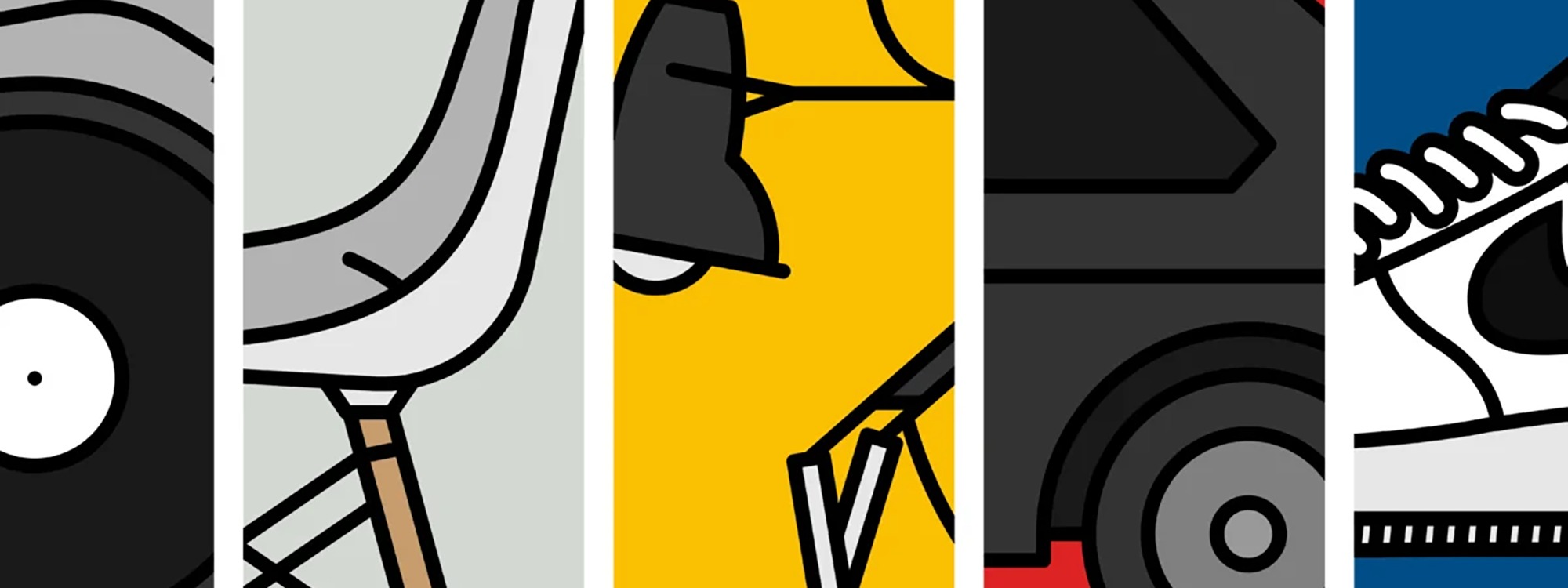Design & Technology: Product Design
Please note:
This subject is offered in mixed classes jointly with Ermysted’s Grammar School.
| Specification | AQA A Level Design and Technology: Product Design (7552) |
|---|---|
| Contact | Mr S Wood (Curriculum Leader: Design & Technology) |
| Entry Requirements |
GCSE Grade 6 in Engineering or a Technology subject and a Grade 6 in Maths. |
Is this course for me?
- Are you interested in how things; move, work, what they are made from and why they look the way they do?
- Do you care about everyday products, how they have changed over time and the impact they have on our environment?
- Have you ever wondered how products are designed with the user in mind and the difference they can make to everyone’s lives?
- Do you like to problem solve, research and design new and exciting things using Sketching and Modelling?
- Are you excited to learn and use new technologies to design and make products using Computer Aided Design (CAD), 3D Printing (CAM) and a range of other equipment, materials and processes?
- Do you like to make things?
- Are you an independent learner who would ‘look forward’ to coming to the lessons to gain new knowledge, experiences and develop new skills?
- Are you resilient and prepared to apply yourself?
- Would you learn from failure, be reflective and improve in order to get the best possible outcomes.
The content and structure of this course is aimed at students with a passion for design in its many guises. This course will introduce you to some of the challenges involved in becoming a product designer. You will be encouraged to take a broad view of Product Design, to develop your capacity to design and make products and to appreciate the complex relationships between design, materials, manufacture, and marketing. You will learn a range of technical designing and manufacturing skills and gain an understanding of market influences on product design.
Opportunities
Students who study product design at A level unlock an array of exciting career prospects. This versatile field equips them with a unique blend of creativity and technical skills, making them valuable assets in the job market. They can venture into diverse industries, from design consultancies to manufacturing, or find their niche in technology, driving innovation in digital product design. Entrepreneurship is a viable option, allowing them to launch their own design firms or innovative products. The global nature of design opens doors to international collaborations, enabling them to contribute to the global exchange of ideas and shape the future of design worldwide.
Qualification Structure
Theoretical content is split into two main sections and tested across two written papers.
- Technical principles
- Designing and making principles
Assessments: Paper 1, Paper 2 & NEA
Paper 1
What's assessed
Technical principles.
How it's assessed:
- Written exam: 2 hours and 30 minutes
- 120 marks
- 30% of the A-level: Questions are a mixture of short answer and extended response
This section of the Specification is predominantly about Materials and Manufacture. As a designer you need to be aware of the properties of different materials (what they can do / are good or bad at) and how best to apply then to different parts of a solution to get the best outcomes. You also need to understand how to manipulate them in respect to understanding the available processes utilised to shape, cut, and join into useful forms. Safety is also studied in respect to the working of materials but also in the workplace. Interesting topics such as Intellectual Property; Open Design, Inclusive design, Enterprise and Marketing are also studied.
Paper 2:
What's assessed
Designing and making principles.
How it's assessed
- Written exam: 1 hour and 30 minutes (80 marks)
- 20% of the A-level: Questions are a mixture of short answer and extended response questions.
Section A: Product Analysis: 30 marks (Up to 6 short answer questions based on visual stimulus of products).
Section B: Commercial manufacture: 50 marks (Mixture of short and extended response questions)
This section is super interesting. You look back in history at design movements such as ‘Streamlining’ and ‘Post Modernism’ and their associated influential designers. You will look at the product lifecycle , design obsolescence , quality control, project management, design failure and environmental impact. Related to this is the need for designers to understand the impact their products will have on the wider world both socially and morally. You also study the sections that support your understanding and creation of the NEA.
Non-exam assessment (NEA)
What's assessed
Practical application of technical principles, designing and making principles.
How it's assessed
- Substantial design and make project
- 50% of A-level: 100 marks.
(Evidenced through a written or digital design portfolio along with photographic evidence of final prototypes).
The NEA will require you to identify a design opportunity and solve a problem from a context of your own choice. You will then create a portfolio that evidences your skill throughout this project. Ideally you will find a real client, do substantive research Including Primary, empathetic & Secondary, and ideate a range of ideas that you will develop through to a workable solution. This will then be manufactured, tested, and evaluated by the client and the wider market. You will be encouraged to utilise and build on the broad range of techniques, media, materials, and processes that you have experienced during year 12. This unit runs alongside the theory, starts in May of year 12 and takes around 10 months.
